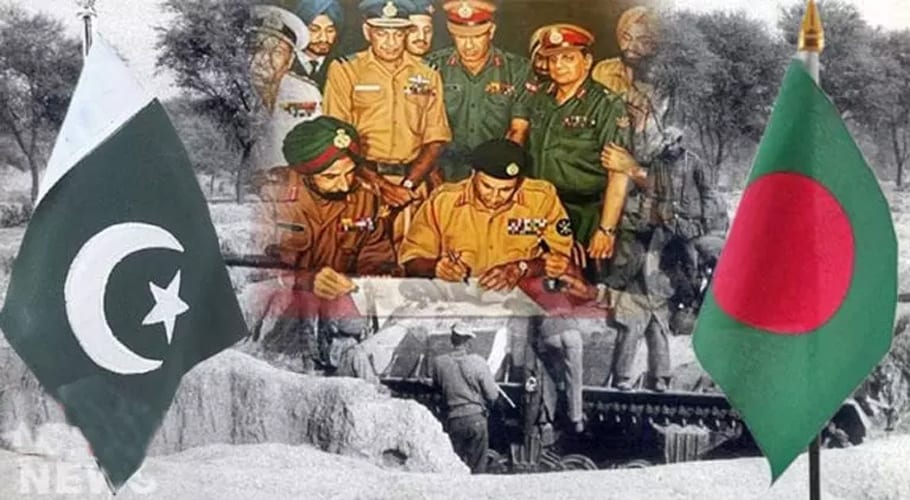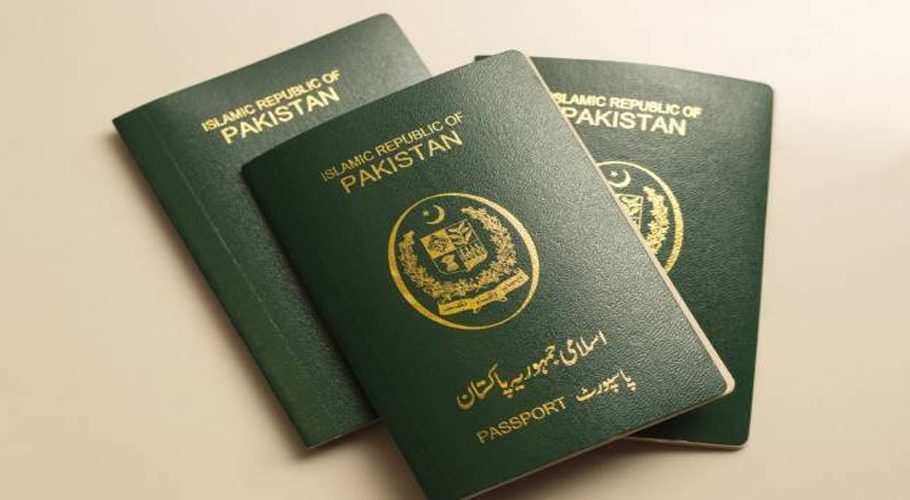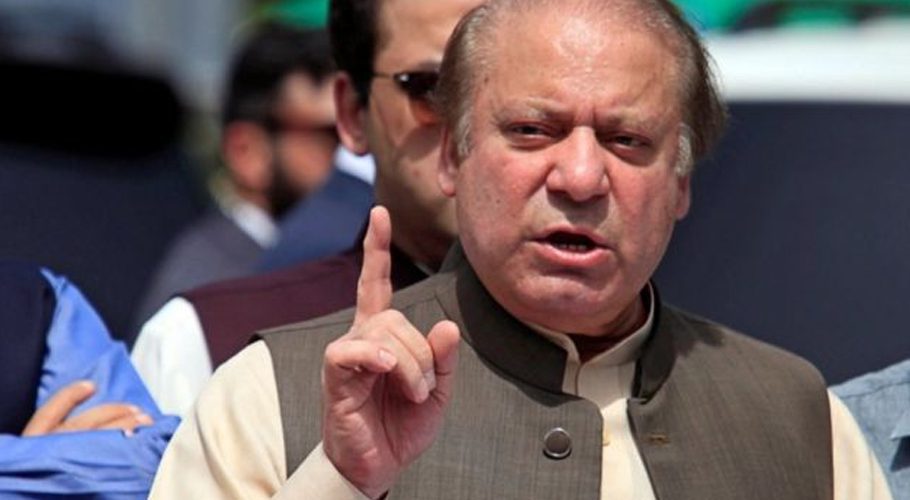![]() Follow Us on Google News
Follow Us on Google News
Bangladesh marked the 50th anniversary of its independence on Friday three days after Pakistan observed March 23 as Pakistan Day to mark the anniversary of the adoption of the Lahore Resolution.
The proximity of these two historic dates — March 26 and 23 — underlines the distinct contexts through which the two countries that once together represented a single entity view them.
The date (March 26) is the day of tragic memory when Pakistan was dismembered and a new state as Bangladesh was created in 1971 as part of the Indian conspiracy.
East Pakistan
East Pakistan was the eastern provincial wing of Pakistan between 1947 and 1971, covering the territory of the modern country Bangladesh. In August 1947, India’s independence from Great Britain resulted in the partition of British India into India and Pakistan. Pakistan was created out of the Muslim-majority provinces of British India, with no regard for geographical contiguity.
The resulting state was formed into two physically separate wings, with the territory of India intervening between the two. The eastern wing was created by the partition of the British province of Bengal, and the principal language is spoken there was Bengali.
Although it was principally the language of those who fled India to Pakistan, the government of Pakistan decreed that Urdu would be the national language. In the evening of March 25, 1971, the Pakistan army attacked East Pakistan, as future Bangladesh was then known.
The attack was an effort to put down East Pakistani protesters who demanded that the national government recognize the right of the elected majority party, the Awami (People’s) League, to assume political office.
The attacks by the Pakistanis, and resistance by the Bangladeshis, continued until December of that year, with the Bangladeshis seeing this as a war of independence, and the government forces viewing it as a civil war.
All over the year, India offered support for the East Pakistani insurgents, and received a large number of refugees and later Bangladesh came into being through Indian conspiracy.
Reasons for the establishment of Bangladesh
The real reasons that contributed to the creation of Bangladesh are disparity in the representation in the civil service and Army of Pakistan and economic disparity between East and West Pakistan.
Two other causes contributed to the disenchantment among East Pakistanis. First, the concept that the defense of the East (Pakistan) lies in the West (Pakistan) led to investment in infrastructure and communication networks in West Pakistan.
This was despite East Pakistan’s larger involvement in the economy. In the 1965 Indo-Pak war, East Pakistan was left defenseless and at the sympathy of India. Second, the one unit formula launched by President Ayub Khan made West Pakistan equal to East Pakistan through East Pakistan had 53 percent of the population in terms of political representation at the center.
Several well-known Bangladeshis feel the 1971 liberation war and creation of Bangladesh was the real implementation of the 1942 Lahore resolution which spoke of ‘independent states’ for Muslims in the East and the north.
Role of Indian intelligence agency RAW
Indian intelligence agency (RAW) had a long history of sinister activities in East Pakistan, backing secular areas of Hindu marginal who had played a significant role in rousing Bengali Muslims against West Pakistan.
RAW’s well-paid agents had made active themselves in East Pakistan in the 1960’s so as to mutilate Pakistan. For this plan, it took the job of funding Sheikh Mujibur Rahmans’ general polls in 1970 and the activists of his party.
It colluded with the pro-Indian individuals and had paid full notice in training and arming the Mukti Bahnis (Terrorists). Playing with the lives of Muslims, RAW succeeded in starting a civil war in East Pakistan.
Nevertheless, a huge quantity of arms began entering East Pakistan. In the meantime, India welcomed the refugees from East Pakistan, giving them all facility to rouse them against West Pakistan.
Any lessons learned?
The tragedy of East Pakistan gives the lesson that the authorities in the state should take care of its peoples’ rights. The freedom movement of Pakistan had taken roots in West Bengal however; afterward, the territory separated itself from the rest of the country as the state botched to take care of the citizens.
In fact, a state is comprised of the government and the people and is responsible for ensuring the basic rights of the citizens. The tragedy of East Pakistan reflected that the social contract between people and the state was weak.
The supremacy of the Constitution and the law guarantees the basic rights of citizens while the lack of provision of fundamental rights endangers the integrity of a state. Governance should be in accordance with the Constitution and the state should make sure that the effects of the governance are being delivered to the citizens.
Lessons should be learned from the tragedy of East Pakistan. We should resolve the issue of provincial autonomy including Balochistan and all tribal areas by ensuring the provision of fundamental rights to locals otherwise another tragedy may engulf the country.






























